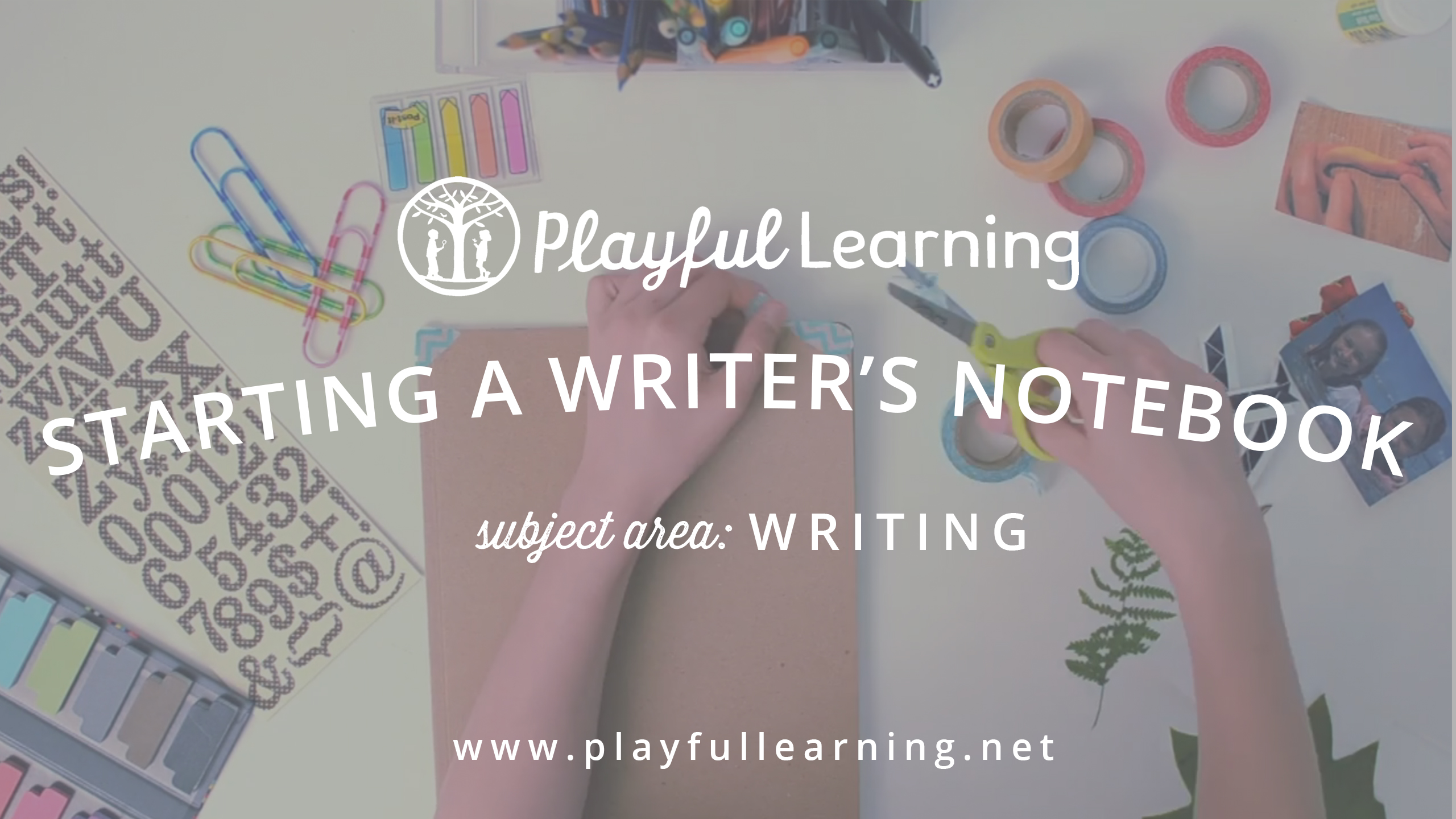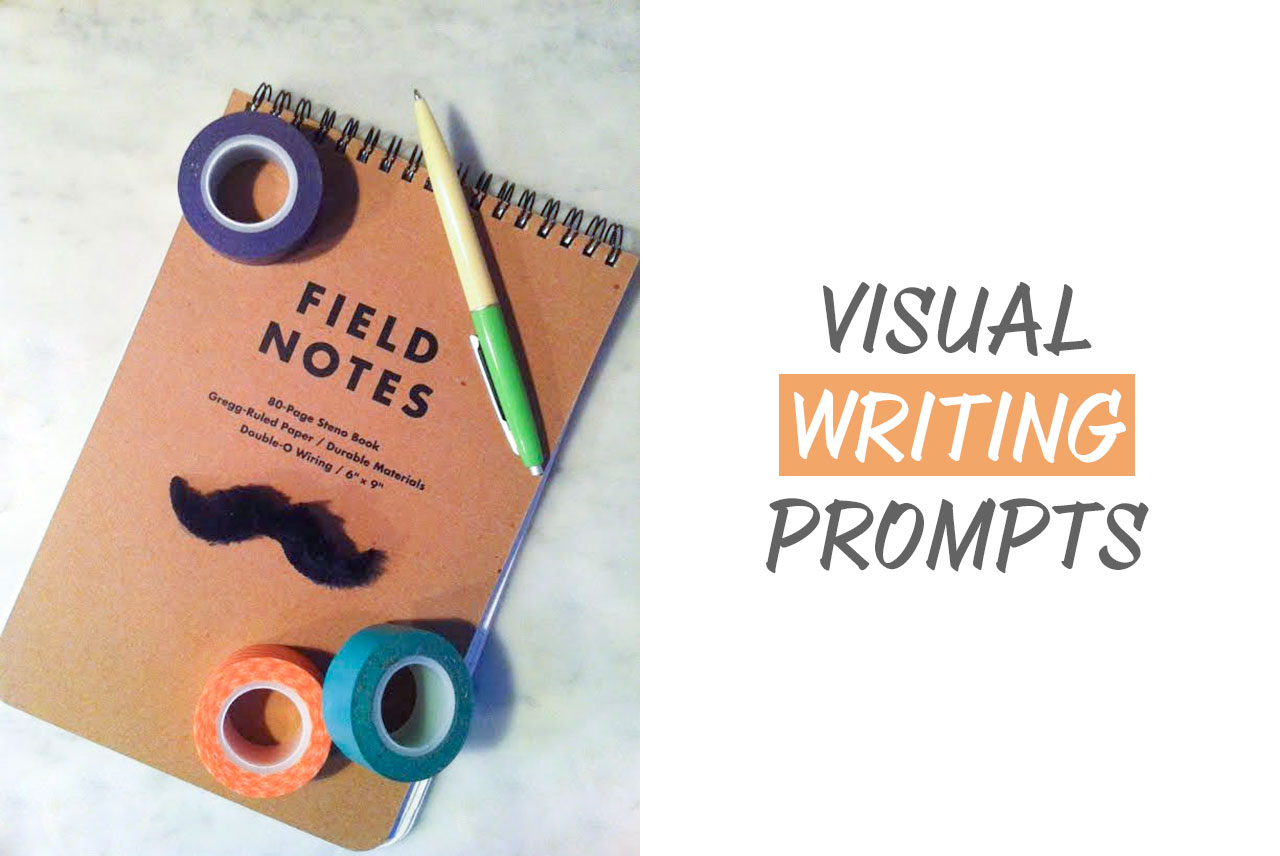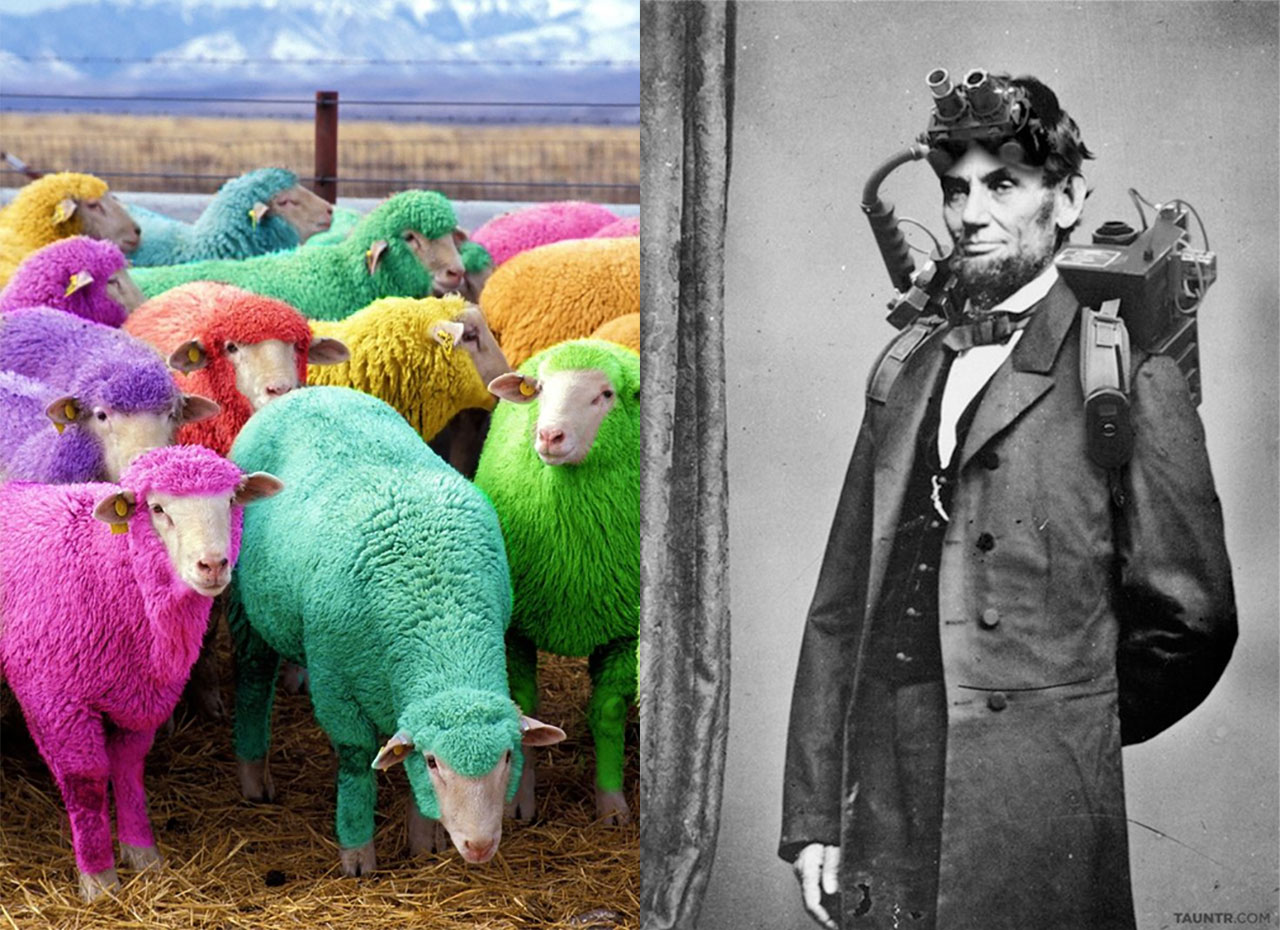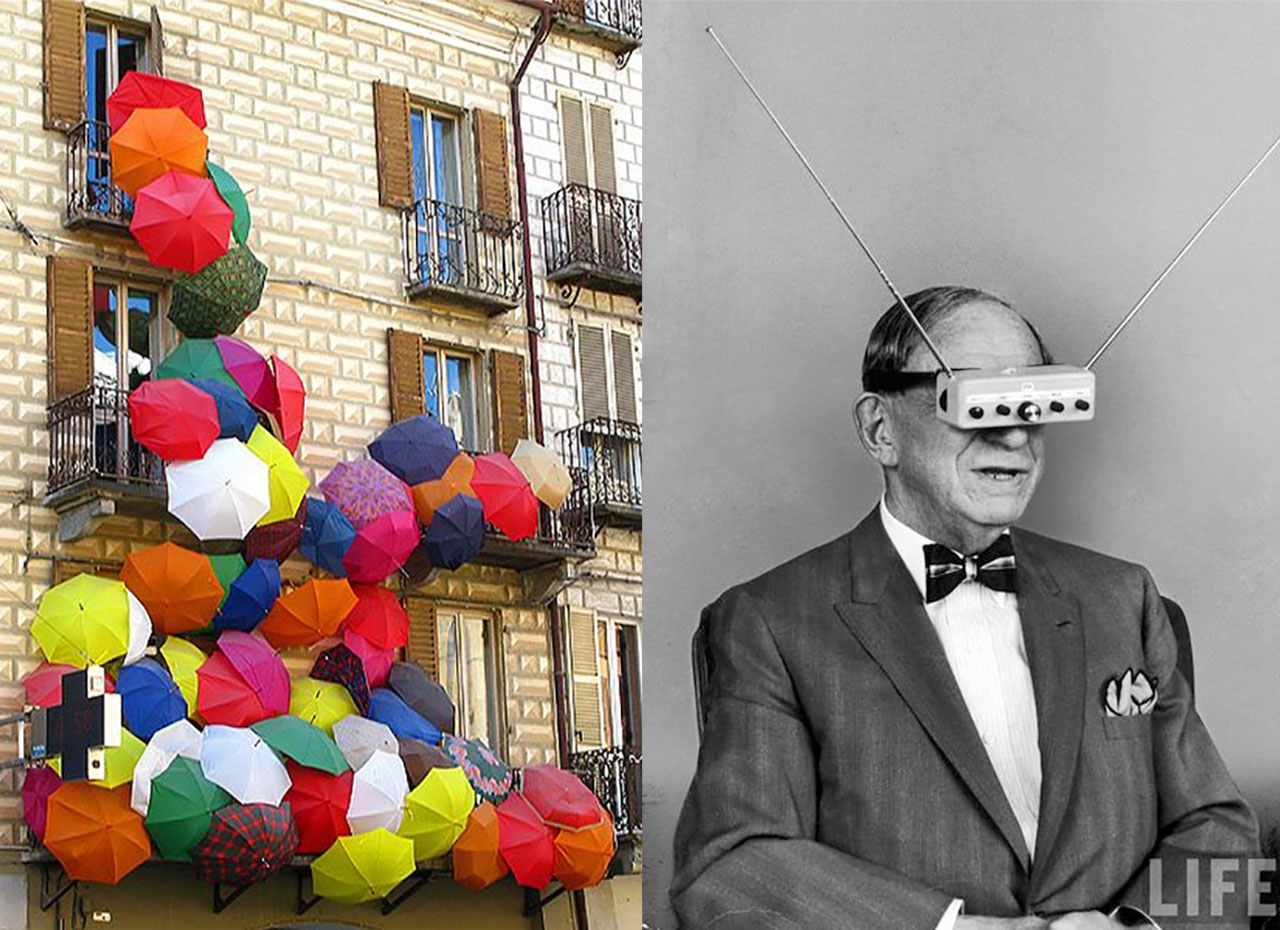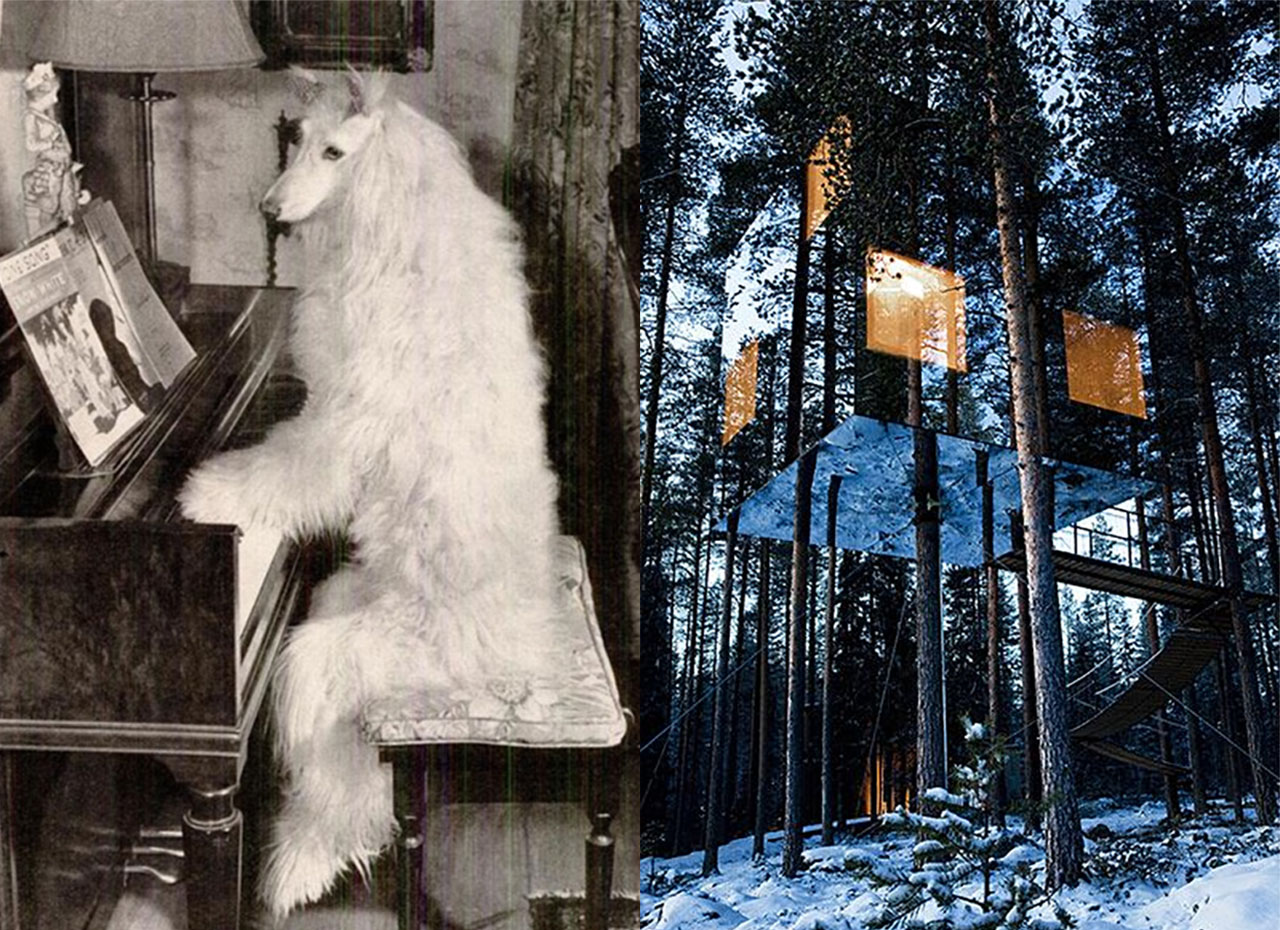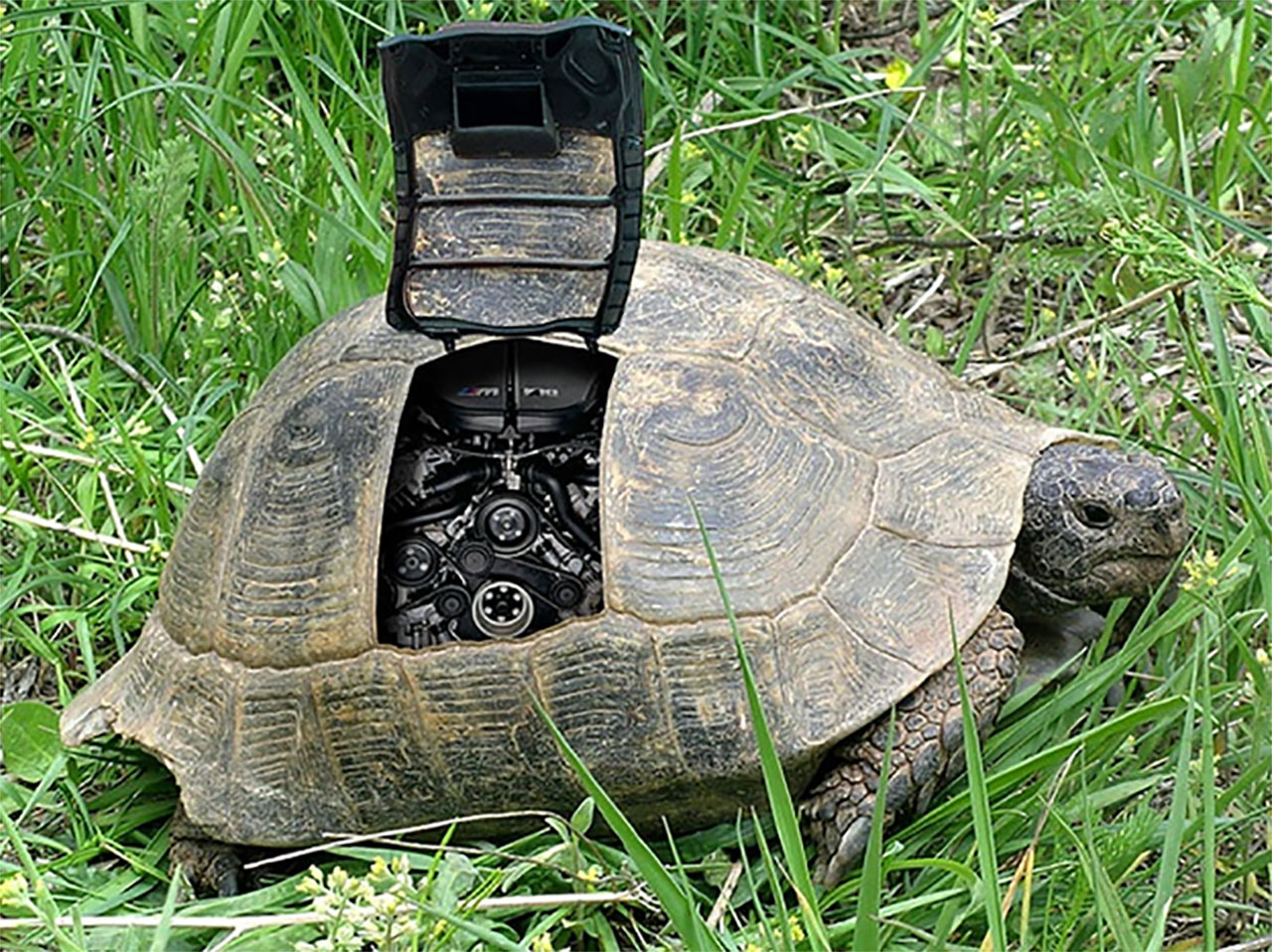Playful Picks: Poetry Anthologies
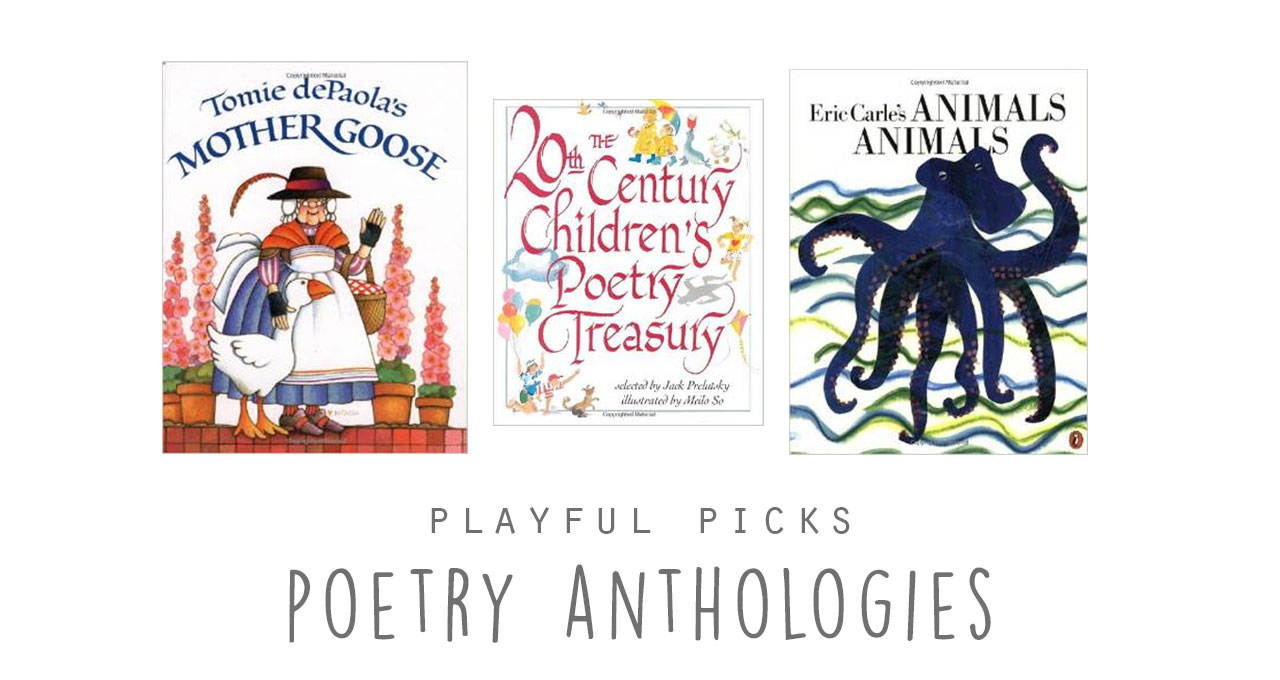 When I first started teaching I was terrified of the month of April. April means poetry in many schools. My exposure to poetry was not too much broader than Shel Silverstein in elementary school and Shakespearean sonnets in high school. However, I did want to inspire my students to love poetry and knew that I needed to immerse myself in the genre in order to do so. I began collecting poetry anthologies and made them my own personal reading. Here are a few that I love.
When I first started teaching I was terrified of the month of April. April means poetry in many schools. My exposure to poetry was not too much broader than Shel Silverstein in elementary school and Shakespearean sonnets in high school. However, I did want to inspire my students to love poetry and knew that I needed to immerse myself in the genre in order to do so. I began collecting poetry anthologies and made them my own personal reading. Here are a few that I love.
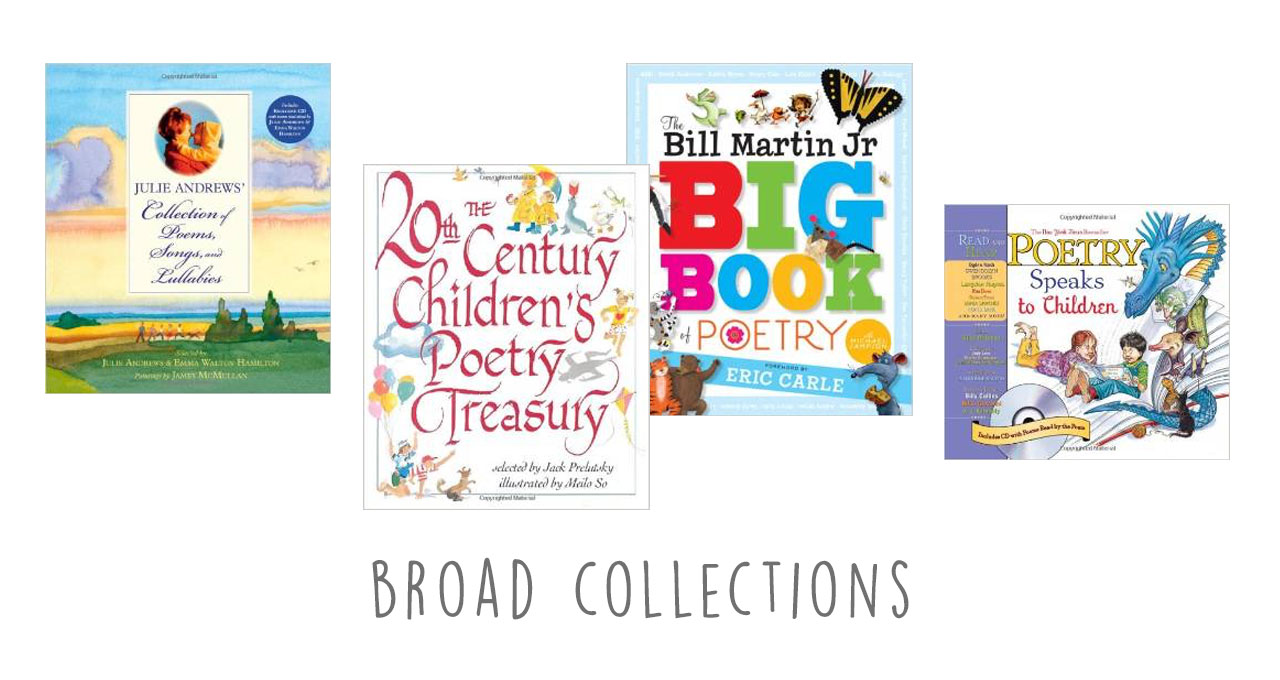
I was fortunate enough to hear Emma Walton Hamilton speak about this book that she curated with her mother. She shared that in their family poems are often given as gifts. That is what this whole collection feels like, a gift of words, rhymes, and music. The collection also includes a CD of poems and the beautiful watercolors of James McMullan.
The 20th Century Children’s Poetry Treasury, Selected by Jack Prelutsky, Illustrated by Meilo So
Published in 1999 this book features over 200 poems written during the 20th century. Jack Prelutsky, one of the most loved poets in my first grade classroom, selected the poems.
The Bill Martin Jr. Big Book of Poetry, by Bill Martin Jr. and Michael Sampson
After first paging through this collection I returned to the beginning to read the forward by Eric Carle. Here I learned that Bill Martin Jr. couldn’t read until high school and was taught to read by a teacher using rhythms as his guide. What an auspicious beginning to a career in education and children’s literature. The book also features art by many award-winning authors and illustrators, with each poem having its’ own artwork.
This anthology comes with a CD featuring fifty of the poems from the book, making it a great way for any child to listen and read along.

A Journey Through Time in Verse and Rhyme, Poems Collected by Heather Thomas
This collection, created for the Waldorf classroom, but appropriate in any, features chapters on the seasons, but so much more. There are chapters of poetry featuring finger play, riddles, grammar, nature, meditations for teachers, and so much more. The book is organized in a way that the poems become more developmentally complex the further you go on through the book so parents and teachers of six-year-olds through high school students can all find something appropriate.
Like their previous anthology this collection features songs, as well as poems. The book is organized by month and also by other holiday celebrations such as poems for birthdays, new babies, and rites of passage.
Poetry for Young People: The Seasons, Edited by John N. Serio, Illustrated by Robert Crockett
Part of the Poetry for Young People series this book begins each of its’ four chapters with haikus and then continues with longer poetry formats. Each of the longer poems also has information about the poet and their inspirations.
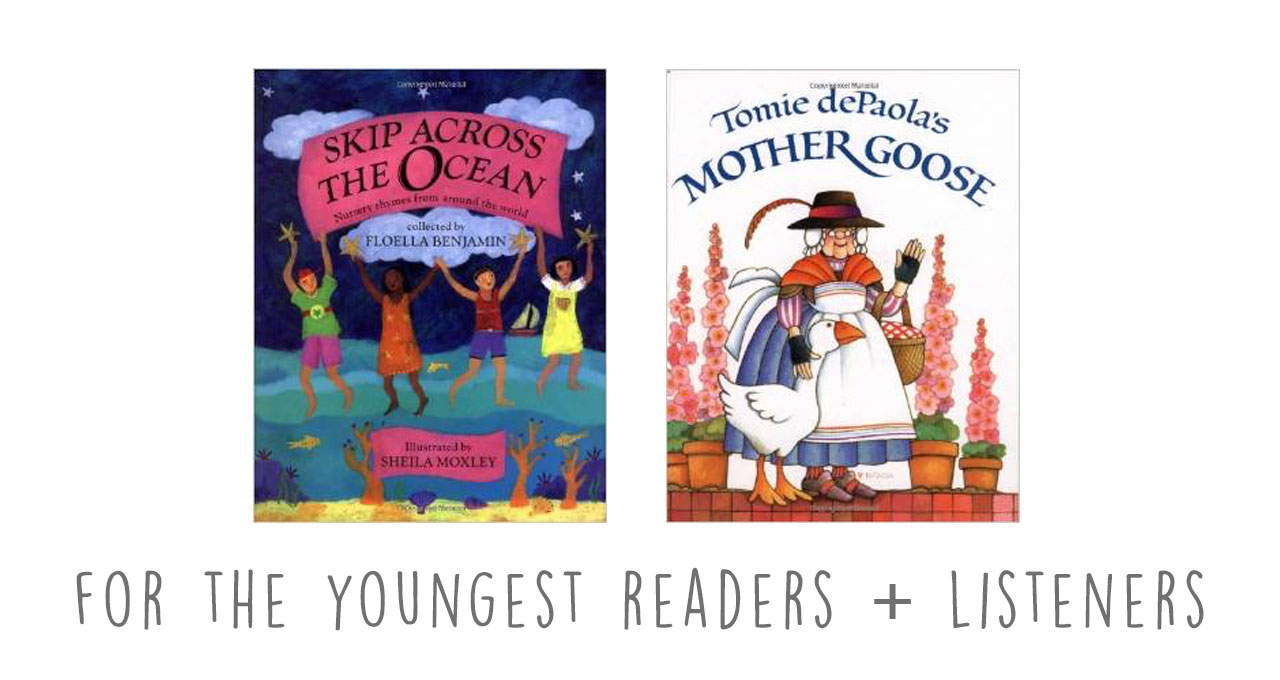
This collection features lullabies, action rhymes, nature poems and more. It features many cultures and often has the poems written in both English and the native language.
Tomie DePaola’s Mother Goose, Illustrated by Tomie DePaola
The classic Mother Goose rhymes featuring the bright and charming illustrations of Tomie DePaola, a favorite from my childhood.
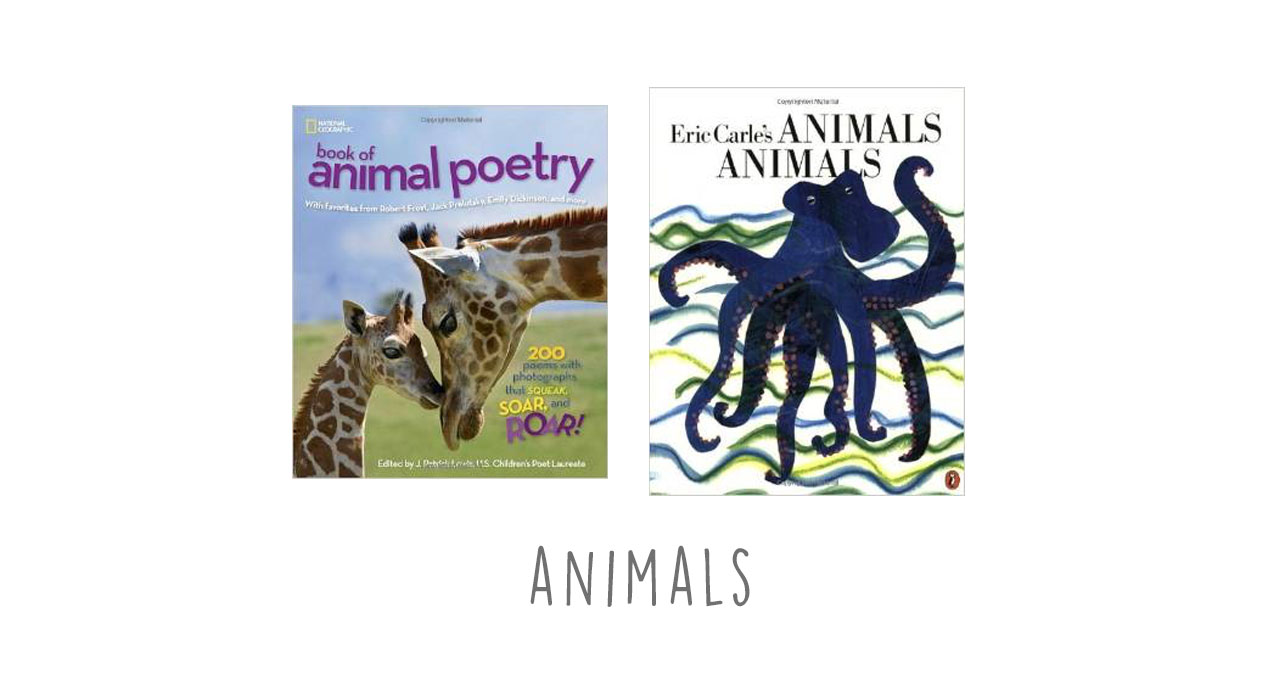
Stunning National Geographic photography and poetry together, need I say more?
Eric Carle’s Animals Animals, by Laura Whipple, Illustrated by Eric Carle
Featuring Eric Carle’s recognizable and iconic collages this book contains long format poems, haikus, and sayings about many species in the animal kingdom.
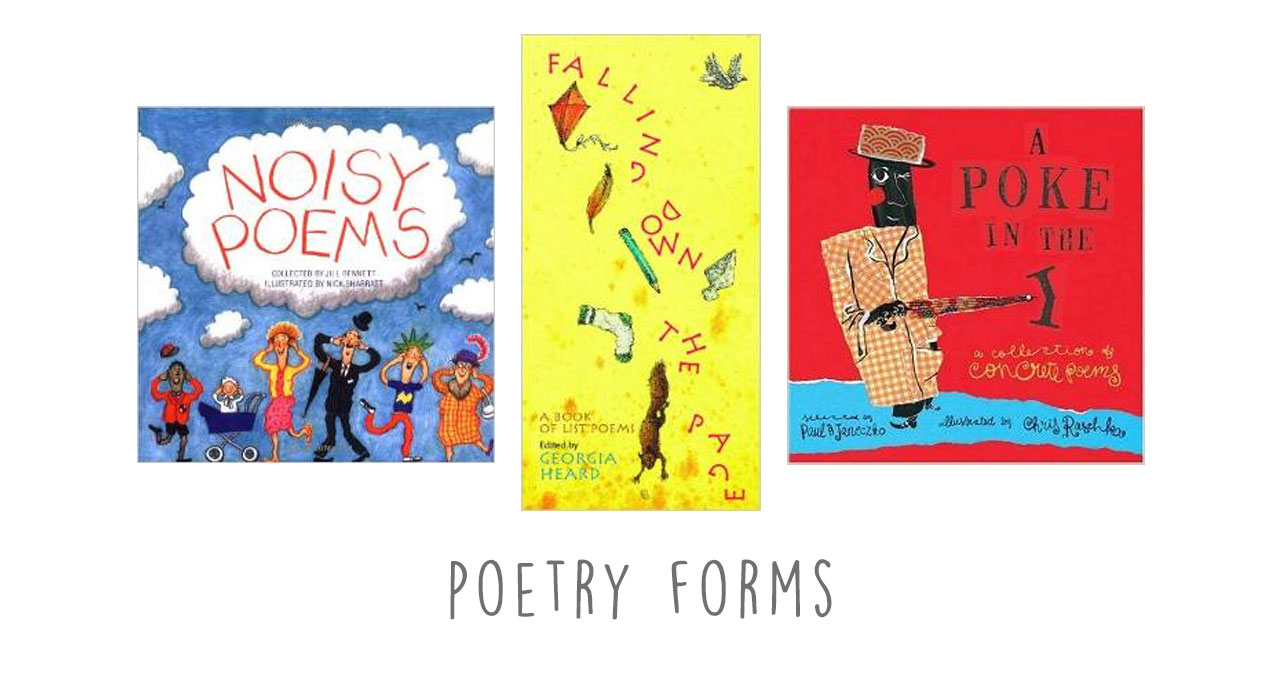
Noisy Poems, Collected by Jill Bennett, Illustrated by Nick Sharratt
Every time I read a poem from this book to my class I had their full attention. Many of the poems inspired a laugh and it was a great teaching tool when introducing onomatopoeia and decoding nonsense words with older readers.
Falling Down the Page: A Book of List Poems, Edited by Georgia Heard
List poems are so very accessible to all levels of readers and writers, which is what makes this collection so great for the classroom, or for a family, that is exploring poetry. Georgia Heard whose books on teaching poetry were huge inspirations in my formative years as a teacher edited this collection.
A Poke in the I: A Collection of Concrete Poems, Selected by Paul B. Janeczko
Concrete poems use not only words, but also shape and design, to express their meaning. This book is a visual feast and may help “hook” children who are otherwise adverse to poetry.
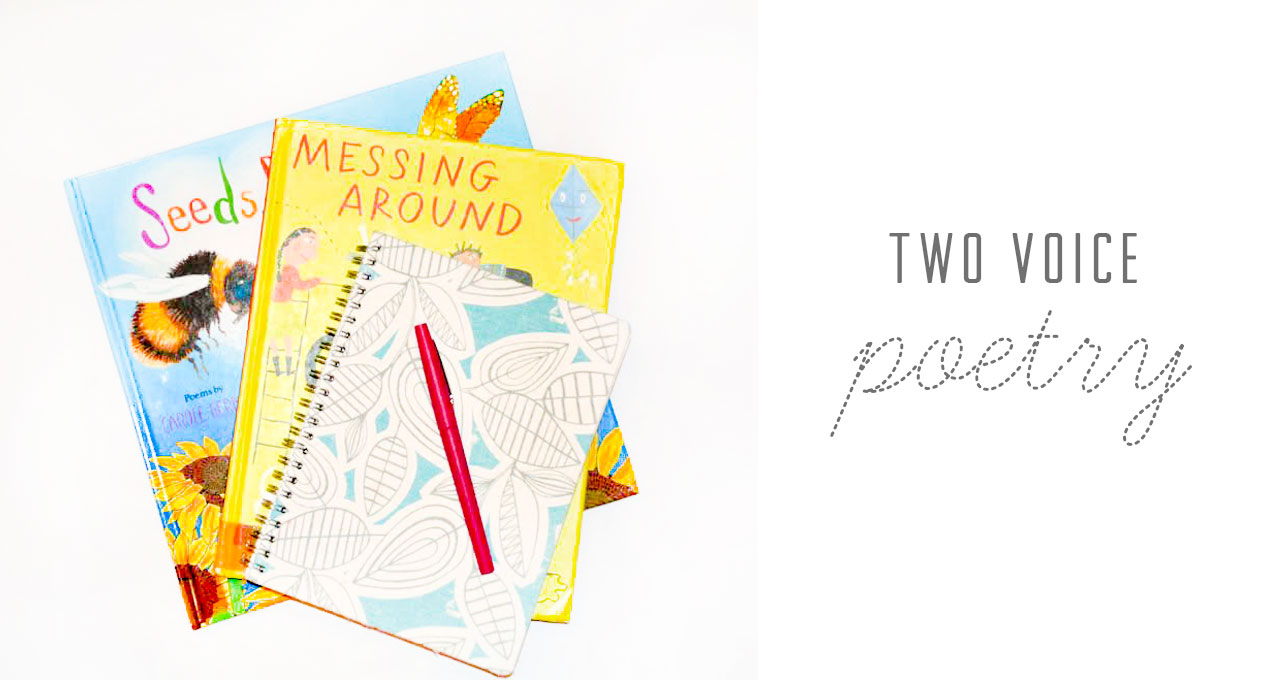
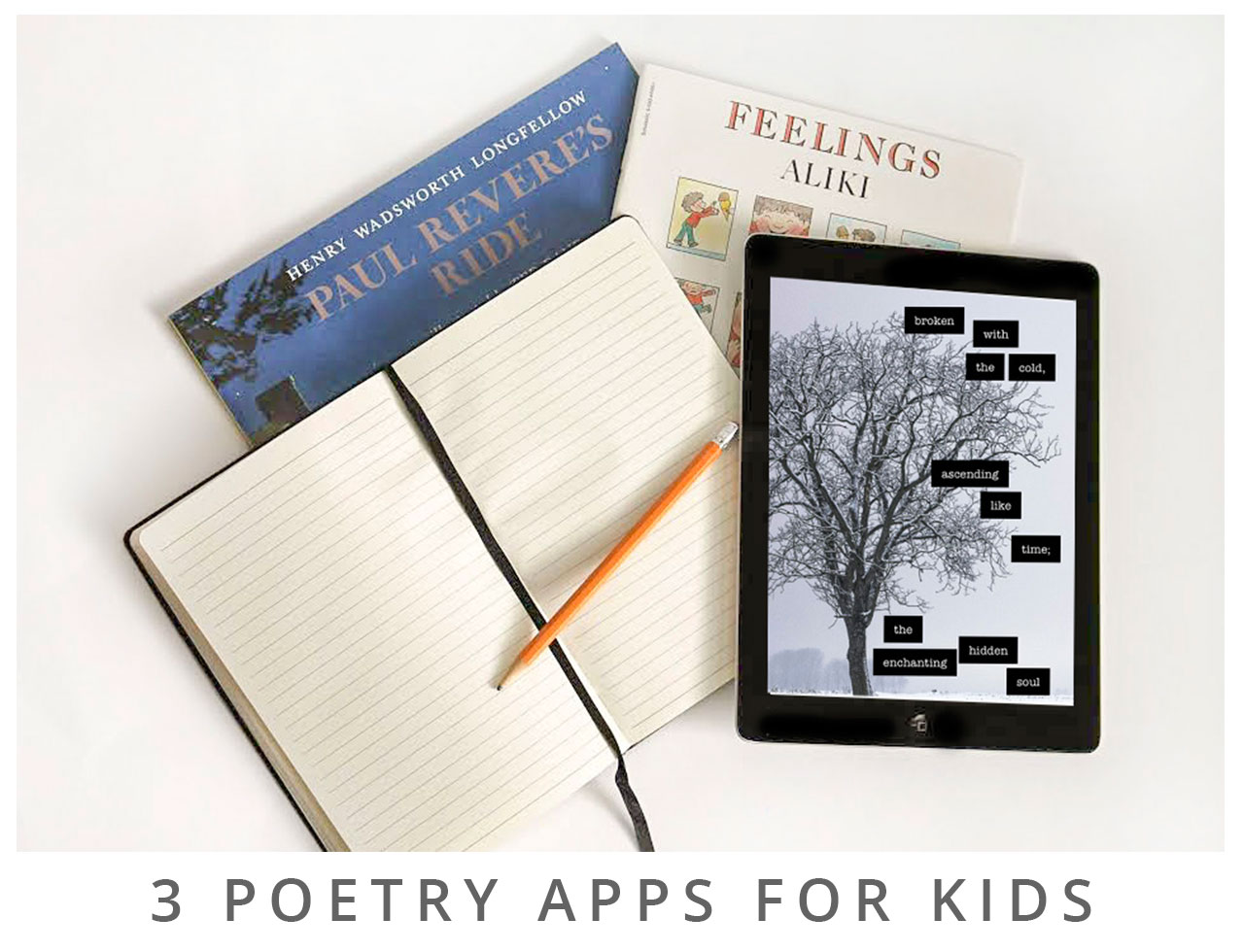 Rather than filling children’s minds with empty screen time, a key to the thoughtful use of technology is integrating it into everyday learning situations in a way that enhances activities. Since poetry is a very thoughtful form of writing, and April just happens to be National Poetry Month, let’s explore some apps that can engage children in poetry through the use of technology. All of these apps are free (hooray!), and each approaches poetry differently. “Appy” Poetry month!
Rather than filling children’s minds with empty screen time, a key to the thoughtful use of technology is integrating it into everyday learning situations in a way that enhances activities. Since poetry is a very thoughtful form of writing, and April just happens to be National Poetry Month, let’s explore some apps that can engage children in poetry through the use of technology. All of these apps are free (hooray!), and each approaches poetry differently. “Appy” Poetry month! Write, peel, stick. Write, peel, stick. There’s something incredibly satisfying to me about jotting ideas down on Post-It notes, and I love using them as creativity tools in the art museum. Especially for those of us who feel more comfortable crafting with words rather than sketching lines and shapes, Post-it poetry is an easy way to help children look more closely and respond to works of art. All you need is a pad of sticky notes and a pencil!
Write, peel, stick. Write, peel, stick. There’s something incredibly satisfying to me about jotting ideas down on Post-It notes, and I love using them as creativity tools in the art museum. Especially for those of us who feel more comfortable crafting with words rather than sketching lines and shapes, Post-it poetry is an easy way to help children look more closely and respond to works of art. All you need is a pad of sticky notes and a pencil!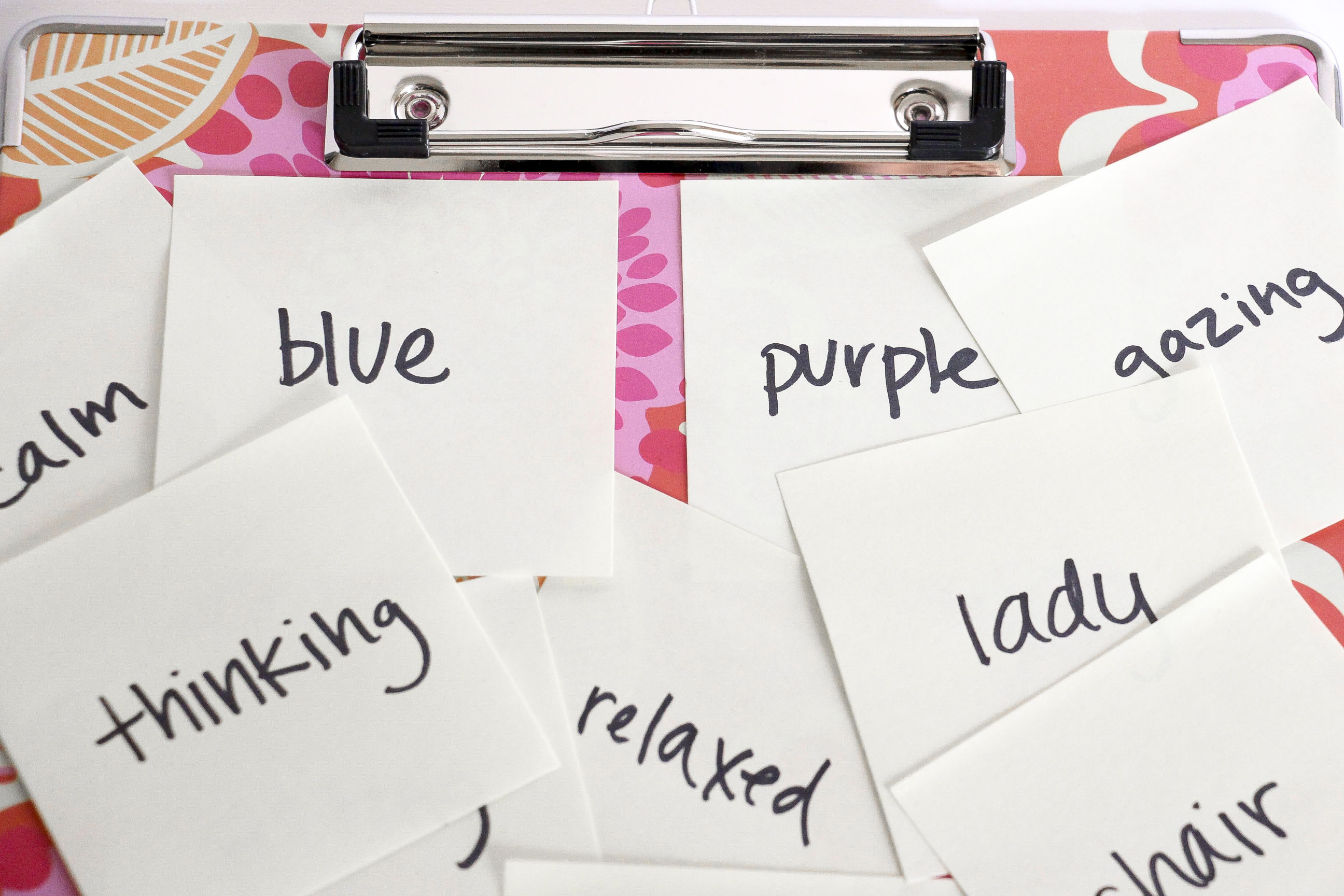

 When I first became a teacher, I was not a writer. Sure, I wrote in school and I really enjoyed some of the writing I produced in college. But I was not a writer. I thought teaching writing could be summed up with the five-paragraph essay and acrostic poems. Thankfully, my first teaching mentor handed me a copy of Writing: Teachers and Children at Work. Through this book Donald Graves taught me the importance of writing with my students and recognizing them as young authors with stories to tell. His book became the cornerstone for my life as a writing teacher. If, like me, you do not see yourself as a writer, I invite you to read any one of the books listed below and see if you don’t fall in love with teaching writing.
When I first became a teacher, I was not a writer. Sure, I wrote in school and I really enjoyed some of the writing I produced in college. But I was not a writer. I thought teaching writing could be summed up with the five-paragraph essay and acrostic poems. Thankfully, my first teaching mentor handed me a copy of Writing: Teachers and Children at Work. Through this book Donald Graves taught me the importance of writing with my students and recognizing them as young authors with stories to tell. His book became the cornerstone for my life as a writing teacher. If, like me, you do not see yourself as a writer, I invite you to read any one of the books listed below and see if you don’t fall in love with teaching writing.
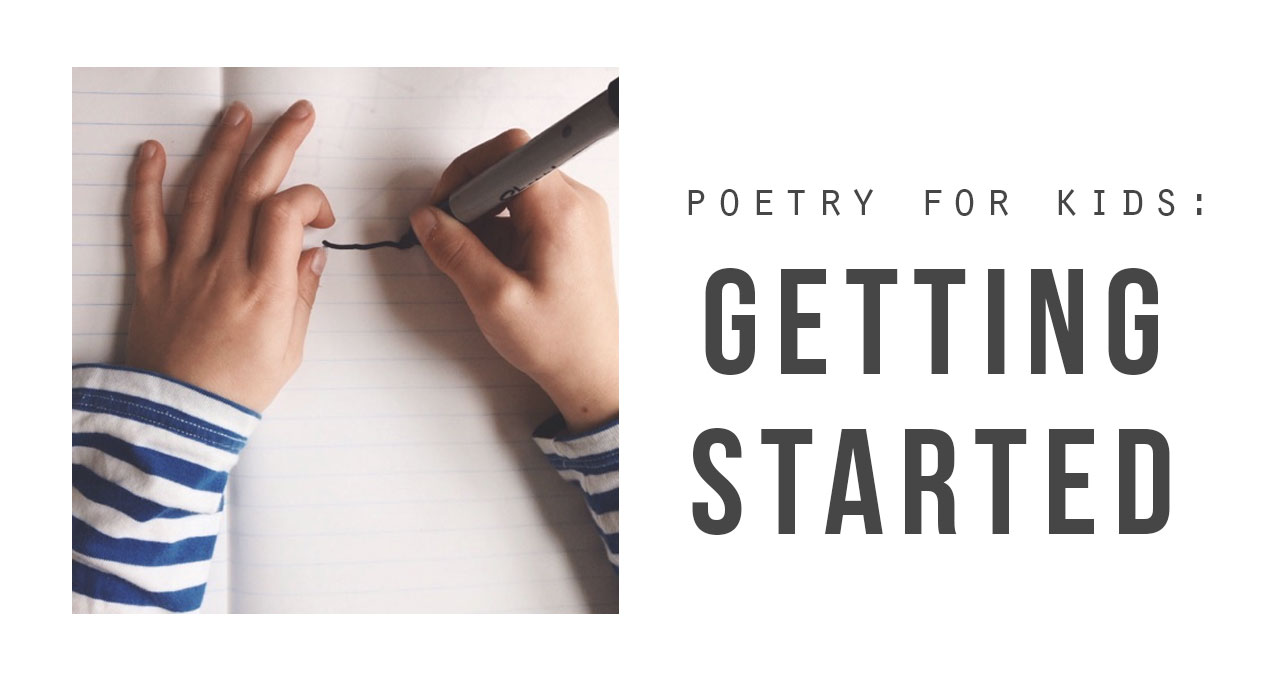 When writing poetry I find it is ideal to begin with a provocation. A provocation need not be a poem to copy but more so an experience that is relevant and real to the little ones involved. As part of my teaching practice I have spent large amounts of time looking closely at writing development and the focus I usually come back to is the notion of words. Poetry is about responding to a moment and capturing a time frame as you would with a short film or photograph. I encourage the children I work with, both at home and in a school environment, to capture the moment using as many senses as possible and to use hard working words.
When writing poetry I find it is ideal to begin with a provocation. A provocation need not be a poem to copy but more so an experience that is relevant and real to the little ones involved. As part of my teaching practice I have spent large amounts of time looking closely at writing development and the focus I usually come back to is the notion of words. Poetry is about responding to a moment and capturing a time frame as you would with a short film or photograph. I encourage the children I work with, both at home and in a school environment, to capture the moment using as many senses as possible and to use hard working words.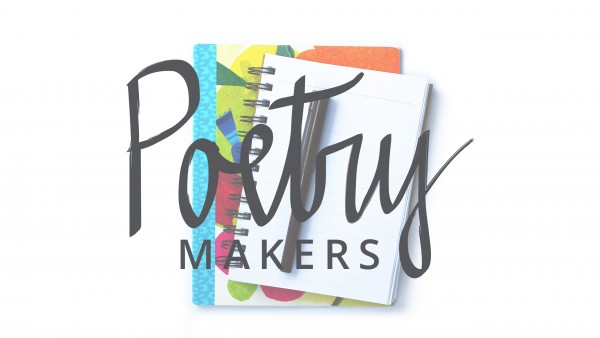
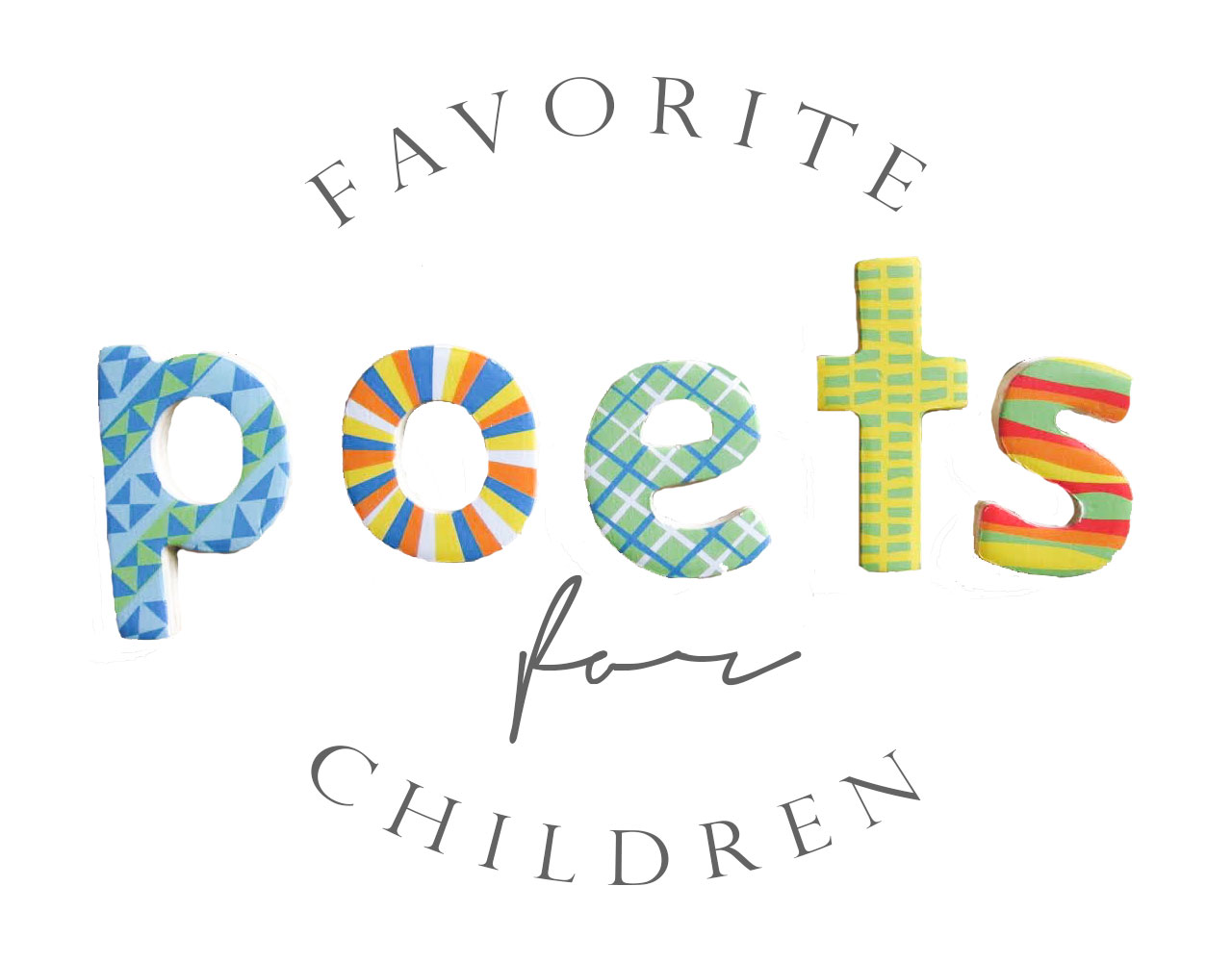 As I sat down to compose a list of my favorite poets, I became aware that I read poetry like a writer, and I consider the young writers who might be inspired by these poets. We all know that children love rhyme, but it can be very difficult to write good rhymes. Also, sometimes children assume poetry has to rhyme or be about beautiful scenery. I love poetry that surprises children and helps them to see poetry in different ways. Here, you will find poems about safety pins, Mars, Iguanodons, and marshmallows. Some rhyme. Some don’t. Enjoy.
As I sat down to compose a list of my favorite poets, I became aware that I read poetry like a writer, and I consider the young writers who might be inspired by these poets. We all know that children love rhyme, but it can be very difficult to write good rhymes. Also, sometimes children assume poetry has to rhyme or be about beautiful scenery. I love poetry that surprises children and helps them to see poetry in different ways. Here, you will find poems about safety pins, Mars, Iguanodons, and marshmallows. Some rhyme. Some don’t. Enjoy.



